Dog droppings do more damage to cities than most people want to admit, and the risks are adding up fast
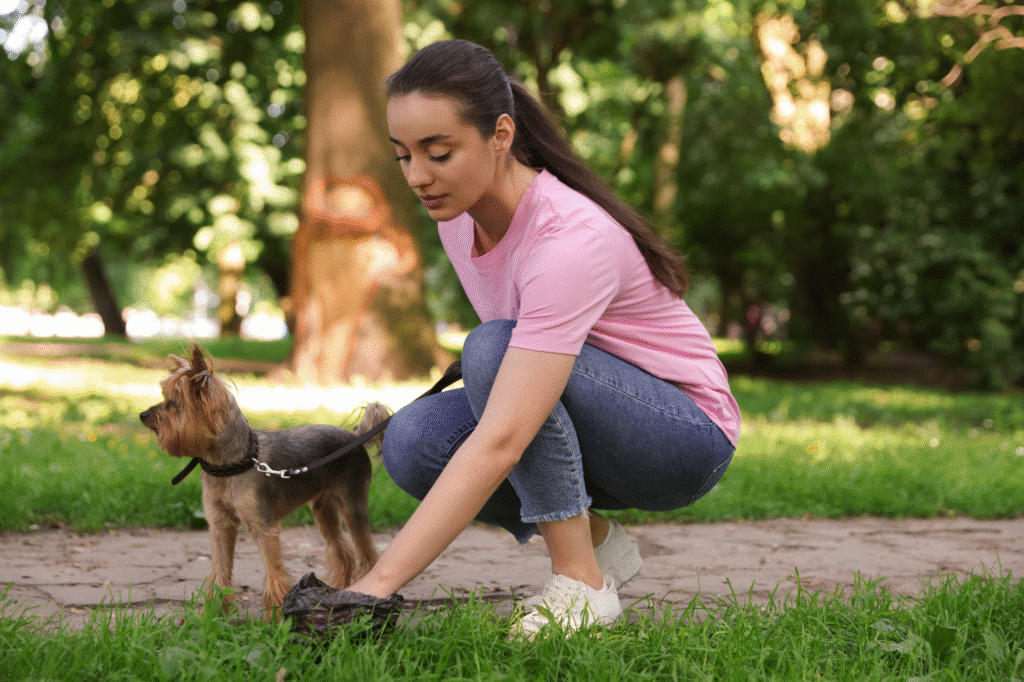
Every city has dogs, and every dog has waste that needs to go somewhere. That somewhere often ends up being sidewalks, gutters, and green spaces. While most owners pick it up, not everyone does, and the hidden dangers of what’s left behind are worse than most think. It’s not just gross—it’s quietly impacting health, water, and even the safety of public spaces. Here’s what everyday dog waste is really doing in urban areas.
1. Parasites from dog waste keep spreading.
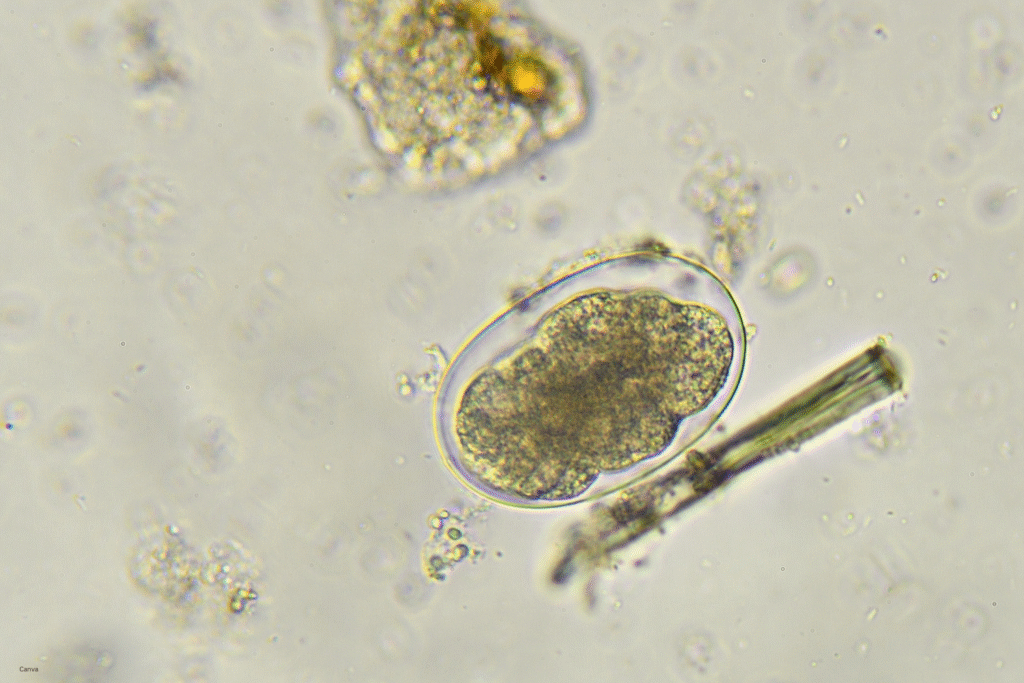
Dog feces often carry parasites like roundworms and hookworms, which can survive in soil long after the waste itself is gone. According to the Centers for Disease Control and Prevention, some of these parasites are capable of infecting humans and other animals when they come into contact with contaminated surfaces. That means sidewalks, playgrounds, and even your own shoes can carry something you didn’t bargain for.
The risk is worse in crowded cities where dogs frequently use the same areas. Children playing in grass, people sitting on benches, or even garden owners handling soil can accidentally come into contact with parasite eggs that persist for weeks. Picking up waste isn’t just courtesy—it’s critical to keeping communities free of avoidable infections.
2. Storm drains turn dog waste into water pollution.
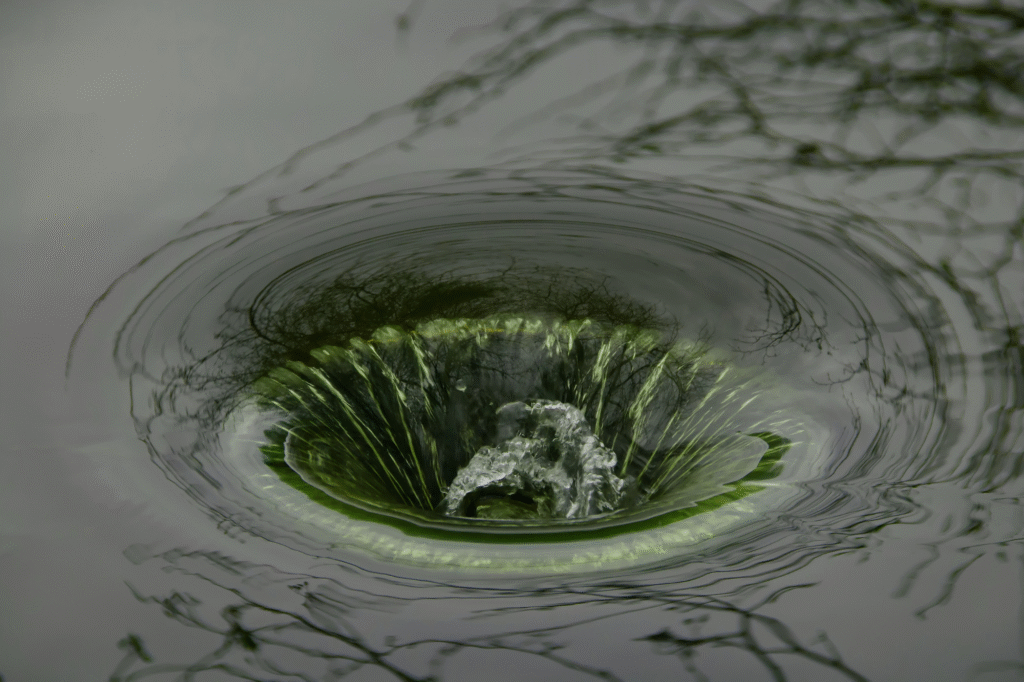
Those little piles left near curbs often get washed directly into storm drains when it rains, and that’s where the real trouble starts. As reported by the Environmental Protection Agency, stormwater contaminated by pet waste introduces dangerous bacteria like E. coli into waterways. Urban rivers and lakes end up carrying contaminants that harm both wildlife and people who depend on those waters.
Even treated municipal water systems can struggle when bacterial spikes occur, especially after heavy rainfall. This means something as small as one neglected pile of waste can ripple into a public health issue. In areas with frequent rainfall, the problem becomes almost continuous, creating unsafe water zones near parks and residential areas.
3. Rat populations thrive on unattended dog waste.

A steady supply of food keeps urban rat populations booming, and dog waste is on the menu more than most people realize. As discovered by pest control experts in several metropolitan studies, leftover pet feces serve as an easy, nutrient-rich food source for rodents. Once established, rats breed faster and move closer to human homes, raising the risk of disease transmission.
Rats aren’t just gross neighbors; they spread illnesses and damage infrastructure by chewing wires and pipes. Uncollected dog waste doesn’t just sit there—it literally fuels one of the most persistent urban pest problems. Cleaning up after dogs cuts off one of their easiest food sources and reduces the appeal of cities as rat havens.
4. Bacteria lingers on shoes and spreads everywhere.
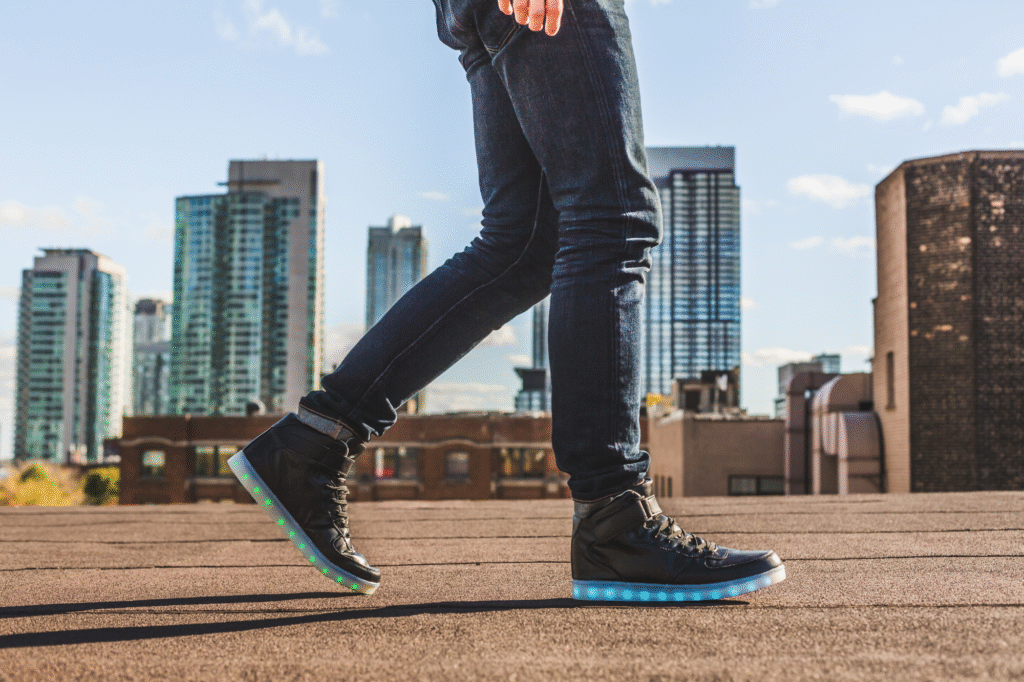
People often step on dog waste residue without realizing it, and the bacteria hitch a ride into homes, businesses, and public transit. Once inside, it ends up on floors, furniture, and even kids’ toys. The transfer happens so easily that cleaning companies often report pet waste bacteria as a hidden source of odor and contamination in urban homes.
One ignored pile on a sidewalk can mean dozens of shoes tracking microscopic waste across entire neighborhoods. Over time, that means higher bacterial loads where families live and work, with some linked to gastrointestinal issues and respiratory irritation. It’s one of the most underrated ways cities quietly spread germs.
5. Dog waste burns grass and damages soil.
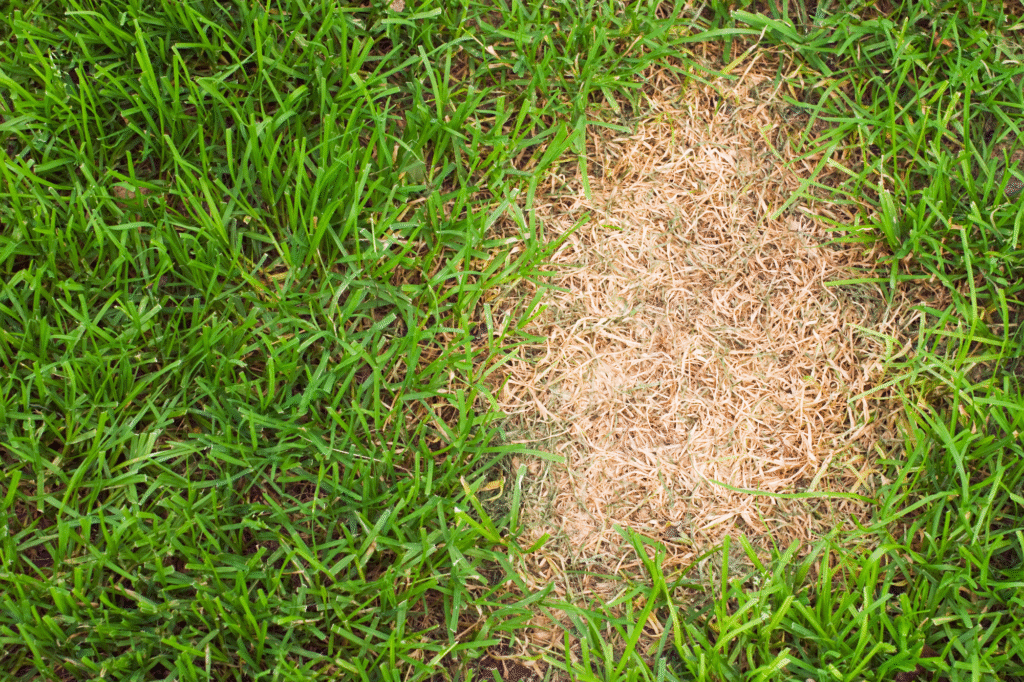
Dog feces contain high nitrogen and phosphorus levels that can damage grass and even alter soil chemistry. This often creates dead patches in lawns and parks, which then need costly restoration. In high-traffic areas, the problem magnifies because multiple dogs create concentrated zones of damage.
Long-term effects can even affect the growth of trees and shrubs nearby, making urban green spaces look neglected and harder to maintain. The more waste left untreated, the more maintenance budgets have to rise just to keep public spaces usable and appealing for families.
6. Children face the highest exposure risk.

Small children spend a lot of time close to the ground—playing in parks, sitting on sidewalks, or touching surfaces most adults ignore. This puts them at higher risk for contact with bacteria and parasites from pet waste. Their developing immune systems make exposure far more dangerous, potentially leading to gastrointestinal infections or skin rashes.
Urban pediatricians often warn parents about letting children play barefoot in public parks for this reason. Even if most owners clean up after their pets, a small percentage that doesn’t still creates an elevated risk for everyone’s kids.
7. Smell problems reduce property values.

Neglected dog waste creates unpleasant odors that linger, particularly in dense neighborhoods where airflow is limited. The smell can seep into open windows and hang around public areas, creating an overall perception of poor maintenance. That perception can even affect property values, as neighborhoods with visible waste often get labeled less desirable.
While it sounds like a small cosmetic issue, urban planners regularly cite environmental cleanliness as a factor influencing how attractive an area seems to new buyers or renters. Waste that isn’t cleaned promptly can subtly cost communities real money in the long run.
8. Pathogens move indoors on pet paws too.

Even if owners pick up after their dogs, residue can remain on the pavement, and pets often step through it unknowingly. Once inside, they track bacteria directly onto household floors and even couches. For homes with crawling infants or toddlers, this adds another layer of health risk.
Regular paw cleaning reduces the problem, but it also highlights how widespread the issue becomes when waste isn’t handled properly outdoors. It’s not just a “public” problem; it follows people into their private spaces without them realizing it.
9. Wildlife gets sick from urban pet waste.

Urban wildlife like squirrels, birds, and raccoons sometimes come into contact with dog waste while foraging. The pathogens and parasites that don’t bother domestic dogs as much can cause significant illness in wild animals, affecting overall ecosystem balance.
When enough wildlife gets sick or dies, it changes predator-prey dynamics, which can ripple through an entire city’s natural areas. Something as simple as leaving waste uncollected can have consequences beyond human health, influencing entire urban ecosystems.
10. Neighborhood disputes escalate over waste.
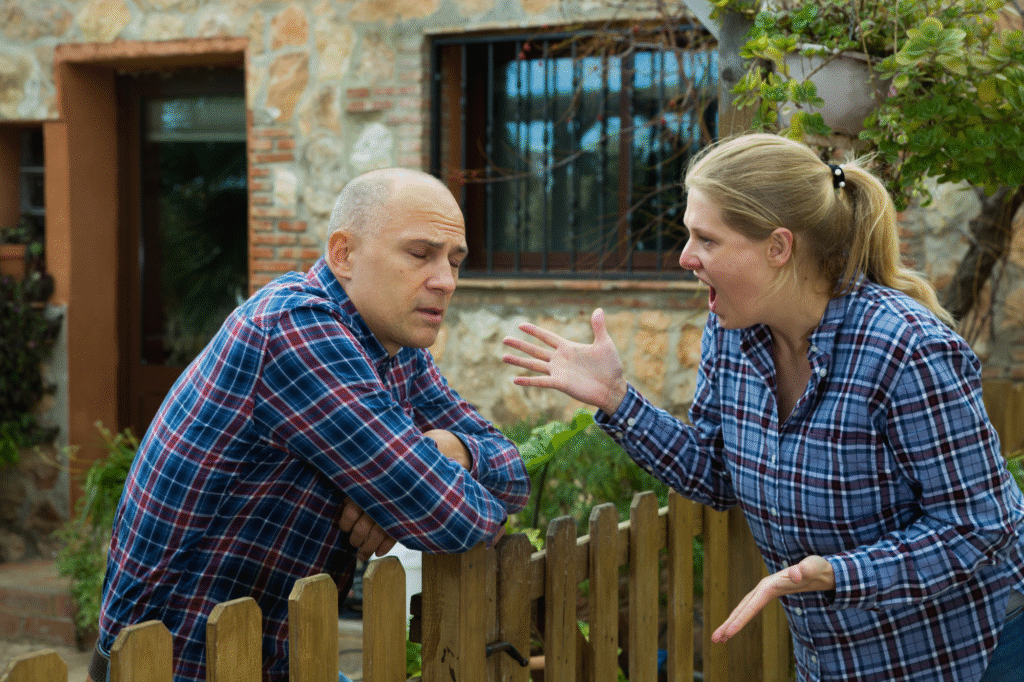
Dog waste may seem small, but disputes between neighbors about uncollected piles can spiral quickly. Arguments over who is responsible for cleaning up or how often it happens are one of the most common community complaints, according to municipal dispute mediation data.
These tensions can erode trust and even lead to official complaints or fines. Essentially, one person’s neglect can strain neighborly relationships and create unnecessary conflict in what would otherwise be peaceful communities.

z0mlug